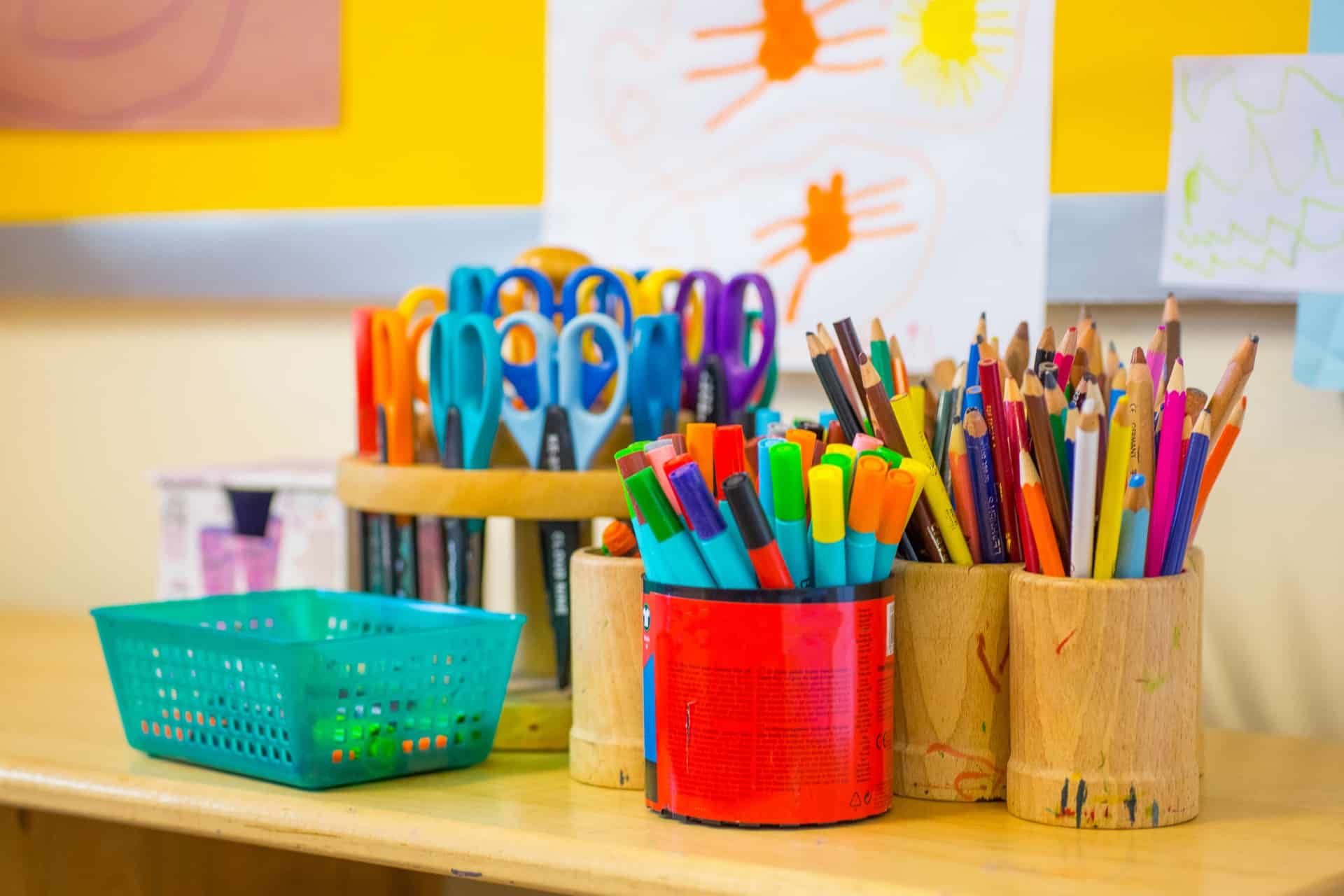Equipping a classroom with the right supplies plays a big role in helping pupils stay organised and engaged. From the basics such as pens and pencils to subject-specific tools like geometry sets or art materials, having the right resources on hand supports learning and reduces distractions.
The Value of Organisation
Organisation is key to a productive school day. Pupils who have access to well-chosen supplies are better able to keep track of their work and manage their time. Items such as pencil cases, rulers, and folders may seem small, but they ensure that pupils are prepared for lessons and can move smoothly between activities.
Exercise Books as a Core Resource
Among all school supplies, exercise books remain one of the most important. They provide a structured space for writing, note-taking, and revision, and they act as a record of learning across the year. Sizes vary depending on age and subject needs, but a4 exercise books are the most widely used. Their larger pages give pupils plenty of space for extended writing, while still being compact enough to carry easily in school bags.
Stationery for Every Subject
Different subjects often call for different resources:
- Mathematics requires squared paper, protractors, and calculators.
- Science benefits from lab books, graph paper, and safety equipment such as goggles.
- Art and Design call for sketchbooks, coloured pencils, and craft supplies.
- Languages and Humanities typically rely on lined exercise books, dictionaries, and atlases.
By ensuring that pupils have access to the right supplies for each subject, schools create an environment where learning can progress without interruption.
Durability and Cost-Effectiveness
For schools, it’s not only about having the right supplies but also about choosing ones that will last. Durable exercise books, strong rulers, and quality pens help reduce waste and cut down on replacements during the term. Bulk buying can also be an effective way to manage budgets while keeping classrooms well-stocked.
Encouraging Responsibility in Pupils
Having their own set of supplies encourages pupils to take responsibility for their learning. When each child has what they need, it builds independence and reduces reliance on teachers for basic tools. This simple step can improve classroom efficiency and give pupils a sense of ownership over their work.


